My problem is that i need a tab indicator to match exactly to the text that is above it (from designs):
However, all i managed to do is get something looking like this:
My code:
ScrollableTabRow(
selectedTabIndex = selectedSeason,
backgroundColor = Color.White,
edgePadding = 0.dp,
modifier = Modifier
.padding(vertical = 24.dp)
.height(40.dp),
indicator = { tabPositions ->
TabDefaults.Indicator(
color = Color.Red,
height = 4.dp,
modifier = Modifier
.tabIndicatorOffset(tabPositions[selectedSeason])
)
}
) {
item.seasonList().forEachIndexed { index, contentItem ->
Tab(
modifier = Modifier.padding(bottom = 10.dp),
selected = index == selectedSeason,
onClick = { selectedSeason = index }
)
{
Text(
"Season " + contentItem.seasonNumber(),
color = Color.Black,
style = styles.seasonBarTextStyle(index == selectedSeason)
)
}
}
}
}
Also a little bonus question, my code for this screen is inside lazy column, now i need to have this tab row to behave somewhat like a sticky header(when it gets to the top, screen stops scrolling, but i can still scroll the items inside it)
Thanks for your help

